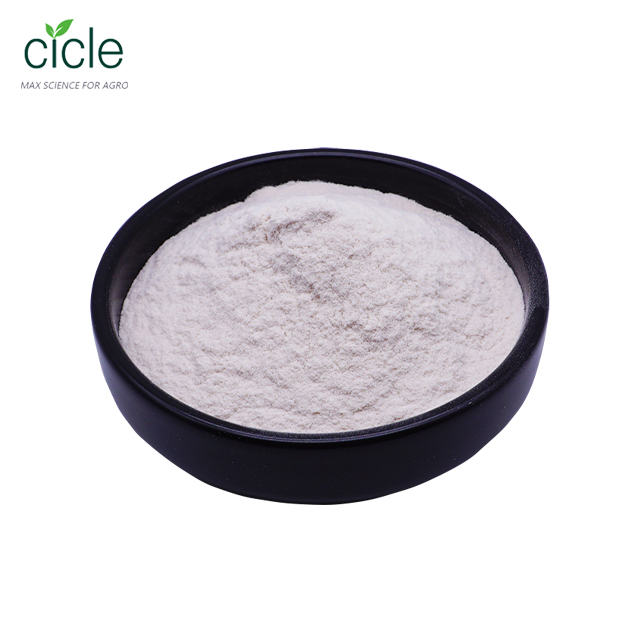Hot Products
Chitosan

Chitosan is obtained by deacetylation of chitin (chitin) that exists widely in nature, and is formed by connecting N-acetyl-2-amino-2-deoxy-D-glucose with β-1,4 glycosidic bonds. Unbranched linear polymer compounds. Since the first isolation of chitosan by Frenchman C. Rouget in 1859, the excellent properties of this natural polymer such as biocompatibility, blood compatibility, safety, and microbial degradability have attracted wide attention from all walks of life. Significant progress has been made in applied research in many fields such as medicine, food, chemical industry, cosmetics, water treatment, metal extraction and recovery, biochemical and biomedical engineering. For example, chitosan can be used as an additive to be added to food, feed, cosmetics, or as a food preservative for fruit preservation. The application of chitosan in agriculture in my country started relatively late, and reports on the application of chitosan in agriculture began to appear in the 1980s. So far, the laboratory research and practical application research of chitosan in the agricultural field have made great progress in terms of depth and degree. The following is a summary, in order to provide some help for scientific researchers and producers.
1. Seed treatments and plant growth regulators
Using chitosan to treat wheat, corn, rice and other grains, cucumber, tomato and other vegetable seeds and mulberry, soybean, cotton and other economic crop seeds or plants, on the one hand, it can use its own film-forming properties to maintain the moisture in the seeds, on the other hand It can also block the invasion of pathogenic bacteria in the soil. It can be mixed with other chemicals, growth regulators, fertilizers, etc. to form a seed coating agent, which can improve the germination rate and germination potential of seeds, promote the growth of roots, and increase the dry weight of seedlings. High and chlorophyll content, photosynthesis intensity, yield and soluble protein, enzyme activity and other quality improvement and improvement are effective.
2. Plant disease resistance agents, pathogen inhibitors, insecticides
Treating seeds and plants with different concentrations of chitosan solution can improve the resistance of plants to various bacteria, fungi and viruses, such as rice flax spot, peanut leaf spot, tomato root rot, cucumber Pythium, tobacco ring Viruses, etc., and can enhance the ability to resist soil-borne fungal diseases. It has obvious inhibitory effects on the growth and reproduction of cotton anthracnose, tobacco black shank, wheat scab, rice bacterial blight, potato ring rot, cotton horn spot, etc., as well as fungal spore germination. The shrimp and crab shell powder (chitin-protein) registered in the United States is Clandosan618 produced by the American IGIN company, which is a mixture of dry powdery chitin protein and urea isolated from the gram of crustaceans, and has the function of killing nematodes , the mechanism of action is to stimulate the growth of soil beneficial microorganisms to produce enzymes that can kill nematodes and eggs, and indirectly eliminate pests.
3. Soil conditioner
Chitosan and its derivatives can improve soil, enhance soil fertility, change soil microflora, improve soil physical and chemical properties, and activate soil nutrients. At the same time, chitosan and its derivatives are degradable, can be decomposed by microorganisms in the soil, provide more nutrients for plants, and improve soil fertility: inhibit the growth and reproduction of pathogenic bacteria in the soil; have a moisture-retaining effect: can also use pesticides Or chemical fertilizers are mixed into them to make them evenly mixed to achieve the effect of slow release: the molecular structure of chitosan contains amino (-NH2), which can produce stinging effect with trace elements such as iron, copper, manganese, zinc, molybdenum, etc. The available nutrients of trace elements in the chitosan fertilizer increase: promote the meristem of plant root cells, significantly increase the capillary roots in a short time, develop the root system, and improve the nutrient absorption capacity. Therefore, chitosan and its derivatives have dual effects on soil and plants.




